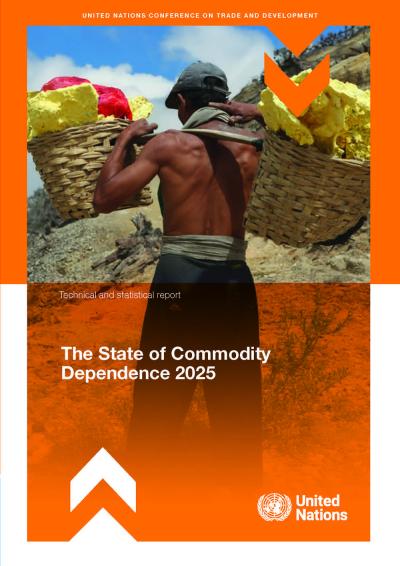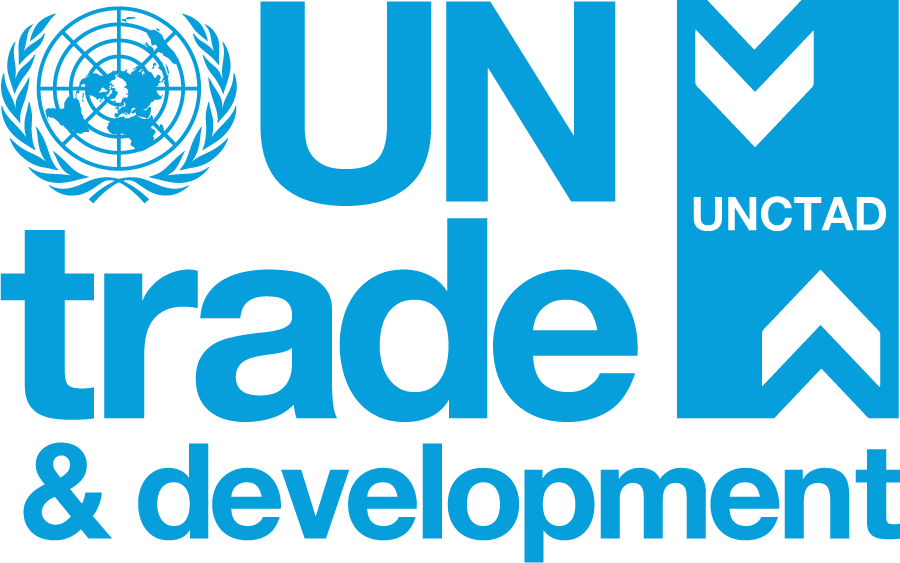
An economy is considered “commodity-dependent” when over 60% of its merchandise exports are commodities, mainly comprising energy, mining and agricultural categories.
In this report, UN Trade and Development (UNCTAD) provides detailed statistical profiles of its 195 member states, exploring how their commodity exports and imports have changed when comparing the three-year periods between 2021–2023 and 2012–2014.
It analyzes the decade-long shifts in trade flows, regional patterns of commodity dependence, as well as the persistent differences between developed and developing economies.
Two thirds of developing countries are commodity dependent
During 2021-2023, 95 of 143 developing economies – including more than 80% of least developed countries – remained commodity dependent.
Such dependence, long been a global concern, hinders economic resilience and leaves developing nations vulnerable to price volatility and external shocks.
Shrinking share of commodity exports in world trade
Commodities exports represent about one third of international trade, but their share has decreased slightly in the past decade.
Comparing periods of 2012-2014 to 2021-2023, the value of global merchandise trade expanded substantially by 25.6%, while commodity exports grew relatively slowly at 15.5%.
Energy continues to dominate, with agriculture and mining gaining ground
Between 2021 and 2023, energy products made up 44.5% of global commodity exports, down from 52.1% a decade earlier. The drop reflects lower oil prices and shifts in energy demand worldwide.
Meanwhile, agricultural exports rose by 34% to nearly $2.3 trillion, where food products accounted for nearly 90% of the total value.
Mining products, such as minerals, ores and metals, contributed 23% of world commodity exports during 2021-2023, averaging an annual value of $1.65 trillion (up 33.4% from a decade ago).
Asia is the top commodity-exporting region
Asia and Oceania exported 37.1% of global commodity exports during 2021–2023, with a significant share coming from Western Asian countries. The United Arab Emirates and Saudi Arabia made up more than half of the sub-regional total.
Africa, by contrast, saw a 5.6% drop in the value of its commodity exports over the same period, mainly due to a 20% drop in average oil prices and a significant decline in export volumes from the continent’s leading oil exporters, namely Algeria, Angola and Nigeria.
Supporting smarter and more resilient economies
UN Trade and Development seeks to help countries better identify the risks and opportunities linked to commodity wealth.
Armed with the reports granular data and analysis, policymakers can better assess vulnerabilities, harness opportunities and design effective strategies for economic diversification, value addition and sustainable development.




